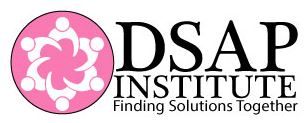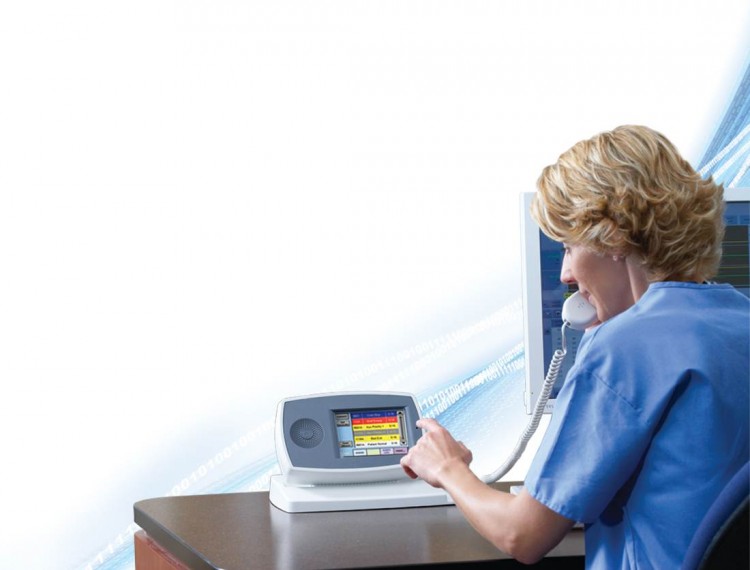In today’s fast-paced healthcare environment, delivering high-quality patient care while maintaining operational efficiency is a top priority for healthcare organizations. ControlledCare, a leading provider of healthcare management solutions, offers tools designed to streamline workflows, enhance communication, and improve patient outcomes. One of its standout features is the integration of a wireless nurse call system, which enables real-time communication and faster response times. However, simply implementing ControlledCare is not enough—organizations must adopt best practices to fully leverage its capabilities. In this article, we’ll explore the best practices for optimizing care delivery with ControlledCare, ensuring your organization achieves maximum efficiency and patient satisfaction.
1. Define Clear Goals and Objectives
Before implementing ControlledCare, it’s essential to define clear goals and objectives for how the system will improve care delivery. Whether your focus is on reducing patient wait times, improving communication between staff, or enhancing data accessibility, having a clear vision will guide your implementation strategy. For example, integrating a wireless nurse call system can help reduce response times to patient calls, improving both patient safety and satisfaction.
Why It’s Important:
- Clear goals ensure that the system is aligned with your organization’s priorities.
- Measurable objectives help track progress and demonstrate ROI.
How to Implement:
- Identify specific pain points in your current workflows, such as inefficient communication or delayed response times.
- Set measurable goals, such as a 20% reduction in patient wait times or a 15% improvement in staff productivity.
- Communicate these goals to all stakeholders to ensure alignment and buy-in.
2. Ensure Comprehensive Staff Training
The success of ControlledCare depends on how well your team can use it. Comprehensive training ensures that staff are comfortable with the system and can leverage its full potential. This is especially important when implementing advanced features like a wireless nurse call system, which requires familiarity with real-time communication tools.
Why It’s Important:
- Proper training reduces errors and improves system adoption rates.
- Confident staff are more likely to embrace new workflows and technologies.
How to Implement:
- Develop a training plan that includes hands-on sessions, role-specific modules, and ongoing support.
- Provide resources such as user manuals, video tutorials, and FAQs to reinforce learning.
- Encourage feedback from staff to identify areas where additional training may be needed.
3. Integrate ControlledCare with Existing Systems
To maximize the benefits of ControlledCare, it’s crucial to integrate it with your existing systems, such as electronic health records (EHRs) and billing platforms. Seamless integration ensures that data flows smoothly across systems, reducing duplication and errors. For instance, integrating a wireless nurse call system with your EHR can provide nurses with instant access to patient information, improving decision-making and care delivery.
Why It’s Important:
- Integrated systems provide a holistic view of patient information, improving decision-making.
- Streamlined workflows reduce administrative burden and enhance efficiency.
How to Implement:
- Work closely with your IT team and ControlledCare provider to ensure seamless integration.
- Test the integration thoroughly before going live to identify and resolve any issues.
- Choose a solution with robust interoperability features to ensure smooth data flow.
4. Leverage Real-Time Communication Features
One of the key benefits of ControlledCare is its ability to facilitate real-time communication between staff, patients, and support teams. Leveraging these features, such as a wireless nurse call system, can significantly improve care delivery and patient outcomes.
Why It’s Important:
- Real-time communication ensures that critical information is shared promptly, reducing delays in care.
- Enhanced collaboration between teams leads to better-coordinated care.
How to Implement:
- Use ControlledCare’s communication tools to enable instant messaging, alerts, and notifications.
- Train staff on how to prioritize and respond to real-time alerts effectively.
- Monitor communication workflows to identify and address any bottlenecks.
5. Monitor and Evaluate Performance Regularly
Optimizing care delivery with ControlledCare is an ongoing process that requires regular monitoring and evaluation. Tracking key performance indicators (KPIs) helps identify areas for improvement and measure the success of your initiatives. For example, monitoring the performance of your wireless nurse call system can reveal insights into response times and patient satisfaction.
Why It’s Important:
- Regular evaluation ensures that the system continues to meet your organization’s needs.
- Data-driven insights enable continuous improvement and innovation.
How to Implement:
- Establish KPIs to track the success of your care delivery initiatives, such as patient outcomes, staff satisfaction, and operational efficiency.
- Conduct regular reviews to assess performance and gather feedback from users.
- Use analytics and reporting tools to identify trends and make data-driven decisions.
6. Foster a Culture of Continuous Improvement
Adopting ControlledCare is just the first step—fostering a culture of continuous improvement ensures that your organization continues to innovate and optimize care delivery.
Why It’s Important:
- A culture of improvement encourages staff to embrace change and seek out new opportunities for growth.
- Continuous innovation ensures that your organization remains competitive and responsive to patient needs.
How to Implement:
- Encourage staff to share ideas and feedback on how to improve workflows and patient care.
- Regularly review and update your processes to align with best practices and emerging trends.
- Celebrate successes and recognize staff contributions to foster motivation and engagement.
Conclusion: Transforming Care Delivery with ControlledCare
Optimizing care delivery with ControlledCare requires a strategic approach that includes clear goal-setting, comprehensive training, seamless integration, real-time communication, regular performance evaluation, and a culture of continuous improvement. By adopting these best practices and leveraging advanced features like a wireless nurse call system, your organization can maximize the benefits of ControlledCare, delivering high-quality care while enhancing operational efficiency.
With the right strategies and tools, you can transform your healthcare organization, setting a new standard for excellence in patient care.






Leave A Comment